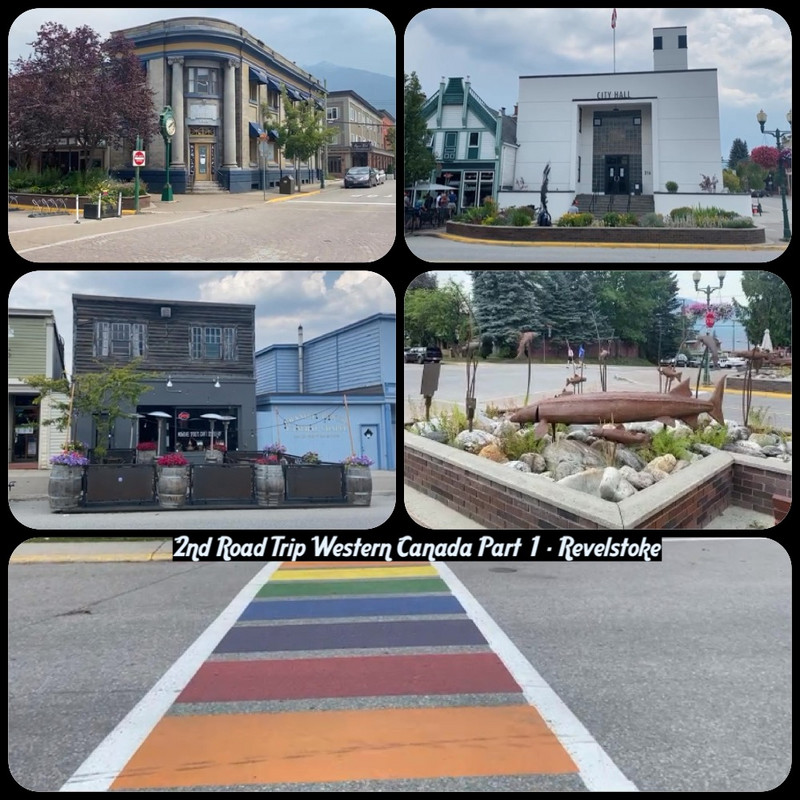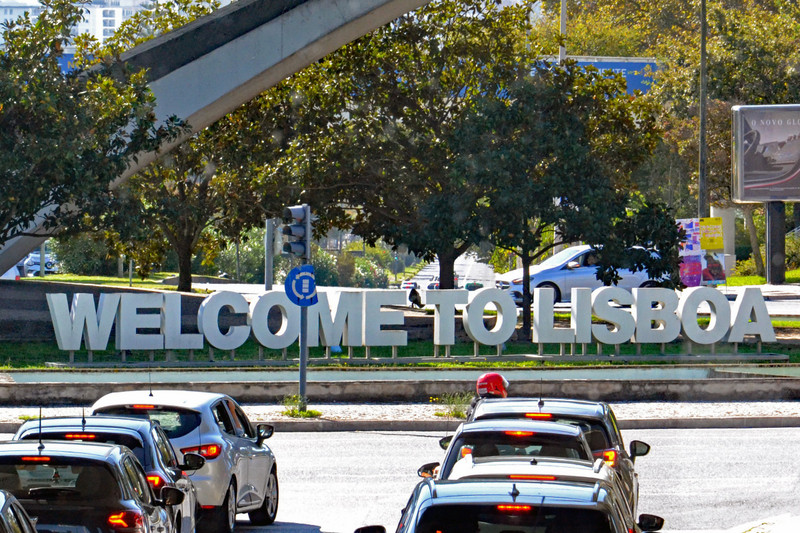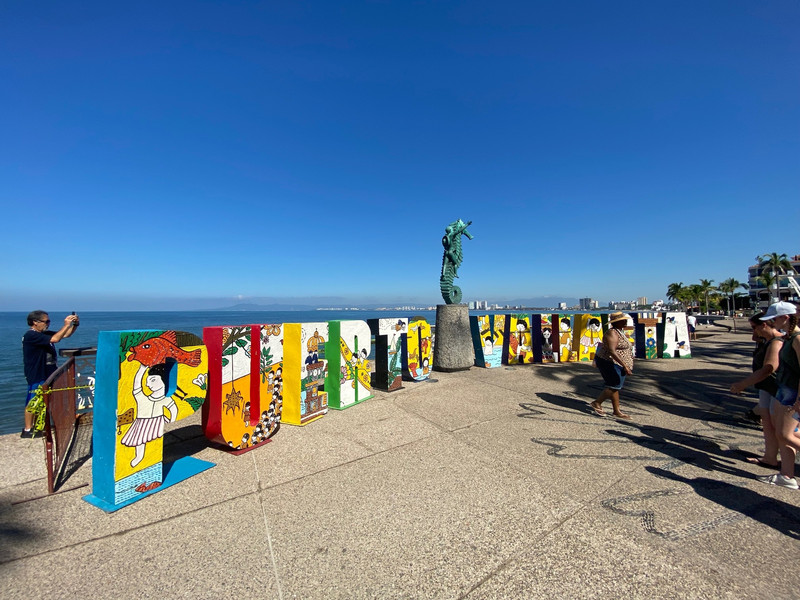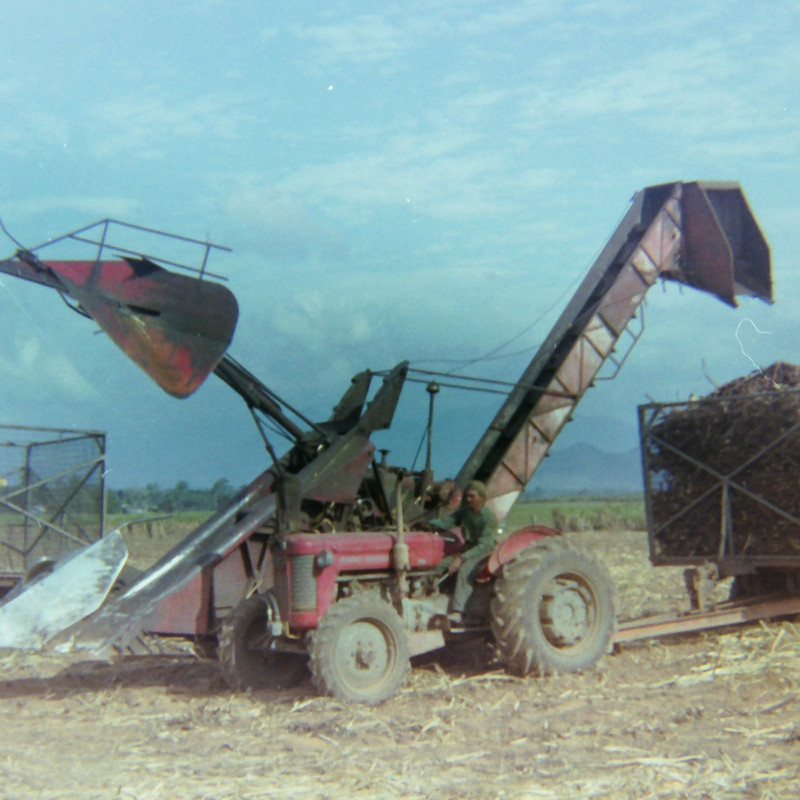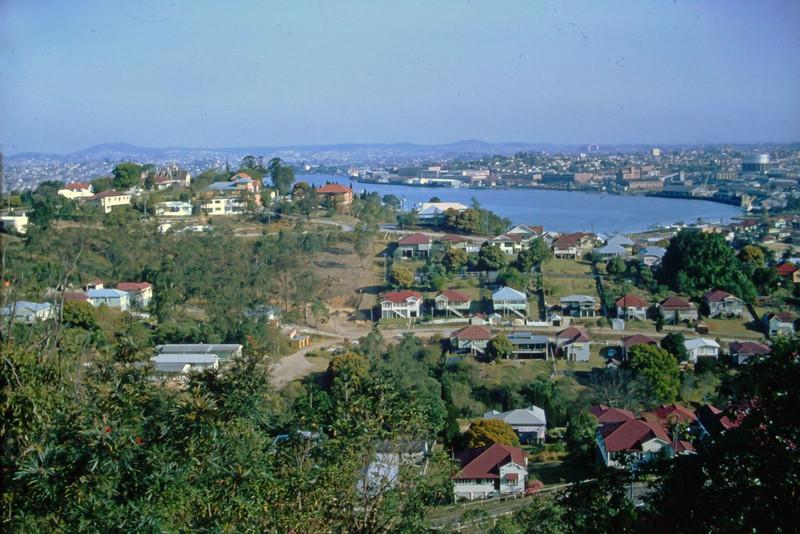Tucked between the Monashee and Selkirk Mountain Ranges of southeastern British Columbia is the city of Revelstoke, Patricks starting point for his latest Western Canada Road Trip.
Revelstoke was founded in the 1880s when the Canadian Pacific Railway was built through the area. The name was originally Farwell, after a local land owner and surveyor but the city was later named by the Canadian Pacific Railway in appreciation of Lord Revestoke head of the UK investment bank that saved the Canadian Pacific Railway from bankruptcy.
Revelstoke is situated in prime black bear and grizzly bear habitat, represented by huge grizzly sculptures as you enter the centre.
The architecture was an interesting mix - some of the wooden built residences now have metal roofs as protection from the heavy snow that falls in the area.
Revelstoke holds the Canadian record for the highest snow fall - 2,447 centimetres (963 in) of snow which fell just outside town in the winter of 1971–72.
As we strolled further around we saw an interesting art installation of Sturgeon & Salmon as well as the Art Deco city hall and inviting restaurants.
Our tour came to an end overlooking the mighty Columbia River river, The largest river flowing into the Pacific from North America.
Whenever you are on a tour with Patrick you can be sure of stunning views and this tour was no exception.
Todays tour was based in a beautiful area in the heart of the forest in Mount Revelstoke National Park with magnificent Giant Cedar, some of the trees in this old growth forest are over 500 years old.
A parking lot seemed an unfamiliar start for Patricks tour this afternoon but as always what emerged was a most interesting and informative tour.
The Canadian Pacific Railway was incorporated in 1881. A few years later, the railway line from the east coast to the Pacific coast in the west was with the driving of the ‘Last Spike at Craigellachie in 1885.
On the plaque showing an image of ‘Last Spike we learnt how Sir Sandford Fleming one of the engineers was responsible for the modern system of standard time and time zones.
Though there are no Chinese labourers in the image of the Last Spike, their contributions speak more than a thousand words !
We may not have ventured far but we certainly travelled back in time whilst listening to Patricks stories.
Kamloops - The Secwpemc and Nlakapamux peoples have lived here for close to 10,000 years, the name meaning ‘Meeting of Two Rivers.
The fur trade arrived in Kamloops in 1811 when traders came to the area and established trade with the local Indigenous population.
The next big influx of people came with the gold rush although the gold rush did not pan out. Others started farming and a trading fort at the confluence of the North and South Thompson rivers became the city of Kamloops.
In the summer of 1862 a smallpox epidemic swept through the Kamloops area decimating the Secwepemc, Nlakapamux, and other indigenous peoples. They had no acquired immunity. The indigenous people went to Fort Kamloops seeking a vaccine where William Manson, clerk at the fort vaccinated many, but fatalities were extremely high. In late September he reported smallpox still raging amongst the Indians.
At Riverside Park on a beautiful evening, the haze in the distance from the fires was quite visible, two water bomber planes overhead brought home just how close these fires were to Kamloops.
A monument entitled ‘Lend a Hand dedicated to the many volunteers who helped out during the 2017 wildfire evacuations was quite evocative.
Another interesting stop as Patrick continues his road trip, still a few more stops before the final destination Vancouver.
dominated by the Cascade mountains to the east and the broad lower reaches of the Fraser River in the west.
the Hudson Bay Company had a fur trading fort here.
